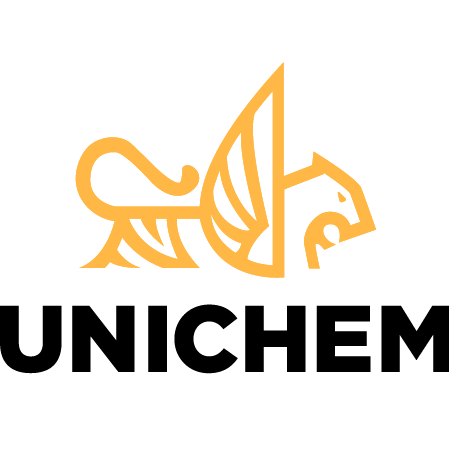
When adhesive bonding failures and inconsistencies occur during production or prototyping, troubleshooting the adhesion process is necessary to provide reliable adhesion solutions. Any adhesive bonded joint has three areas where failure can occur:
- Adhesion directly to the substrate
- Cohesion of the adhesive itself
- Substrate first ply adjacent to the adhesive
Adhesion Failure
When an industrial adhesive fails to securely bond to a substrate, it appears as though the adhesive cleanly separated away from the substrate surface. Possible causes of adhesion failure include:
- Selecting the wrong adhesive with poor wetting ability. Chemical fillers or high surface tension of the adhesive can bind the adhesive to itself.
- Inadequate or poor surface treatment preparation. A substrate surface with a low surface energy value, under or over abrading can lead to adhesion failure.
- Contamination or moisture present on the surface of the substrate due to improper handling and storage of the substrate or the adhesive. Environmental factors during production can also cause contamination on the substrate surface.
- Oligomers migrate during the molding process which is difficult to remove before preparing the surface.
- Possible carbonation of the surface of the adhesive due to excessive open time.
Cohesive Failure
When the adhesive itself splits or fractures leaving adhesive attached to each side of the substrate, this is cohesion failure. Possible causes of cohesion failure include:
- An improper mixing of two-part adhesives that alters the adhesion properties
- Contaminants migrating from the surface substrate to the adhesive which alters the properties of the adhesive
- Adhesive voids caused by incorrect bond line thickness or vacuum during processing.
- Poor measurement or control of temperature at the bond line causing inadequate curing of the adhesive
Evaluate the surface of the adhesive bond joint failure for the proper cause, which can lead to the source of the problem. You can determine where contamination may occur or bond quality could be compromised by closely examining each critical point in the production process.
Handling and storage
Evaluate handling, dispensing, and storage protocols to ensure that environmental exposure is mitigated, adequate adjustment to room temperature is achieved, and adhesive storage containers are properly sealed and resealed after each use. All parts and surface substrates should be kept clean and dry and protected against UV exposure before surface preparation and adhesive bonding. Eliminate touching surfaces with bare hands by always wearing clean gloves.
Cleaning procedures
Analyze all procedures for cleaning with wipes or solvents to ensure no contamination or moisture inclusion results. Testing should be performed prior to and after all surface preparation to ensure the desired level of cleanliness is achieved.
Surface treatment and preparation
Surface preparation involves increasing the surface free energy without damaging fibers to prevent contamination and provide a surface more receptive to bonding. Verify all properties of surface treatment methods, whether using UV, plasma, or flame treatment methods, and perform bonding quickly after surface prep within minutes to hours.
Bonding
Evaluate the accuracy of mixing and measuring procedures for adhesives and ensure that any clamping devices or fixtures are undamaged and clean.
Adhesive curing
Verify adhesive curing temperatures and temperatures achieved during processing.
Identify all inconsistencies
Perform systematic reviews of every step in the manufacturing process to eliminate exposure to contamination or any other sources that would negatively affect the integrity of the bond.
Troubleshooting Adhesive and Cohesive Failures
Working with an experienced industrial adhesive supplier can help you to identify the root cause of adhesion and cohesion failures to develop the proper corrective actions. Universal Chemicals & Coatings, Inc., UNICHEM, offers high-performance uniBOND industrial adhesives formulated for a variety of lamination bonding processes, including lamination bonding for metal, rubber, and vinyl laminate adhesives, among others. We offer troubleshooting of existing processes to help our customers achieve reliable and long-lasting adhesive bonding performance.
UNICHEM is an industry-leading custom chemical and coatings manufacturer offering high-performance uniBOND industrial adhesives in various chemistries. We offer innovative solutions with cutting-edge technology and vast market expertise to expand your product and process possibilities. Contact us with any questions and for troubleshooting adhesion or cohesive failure in your process.


